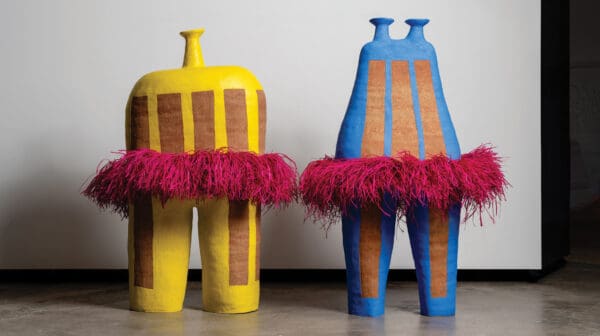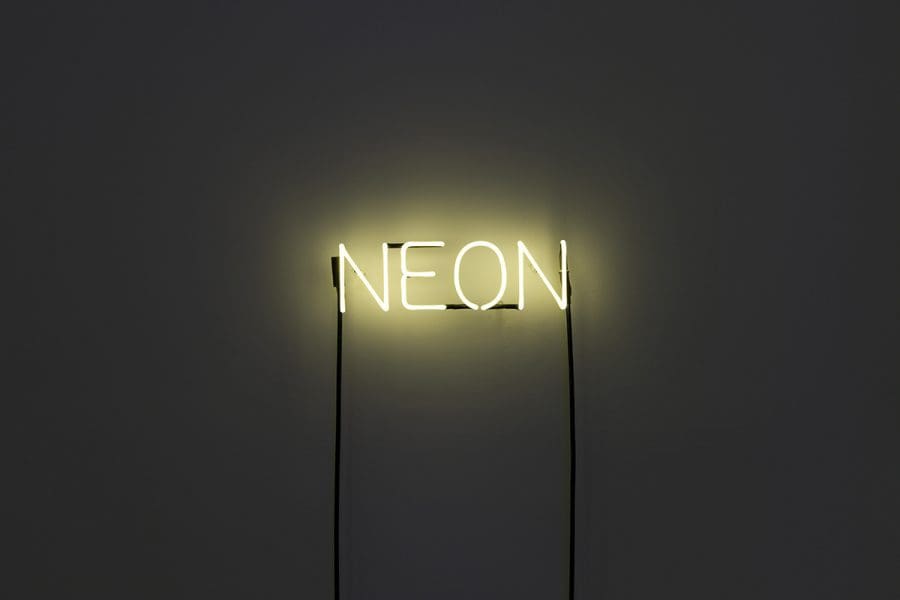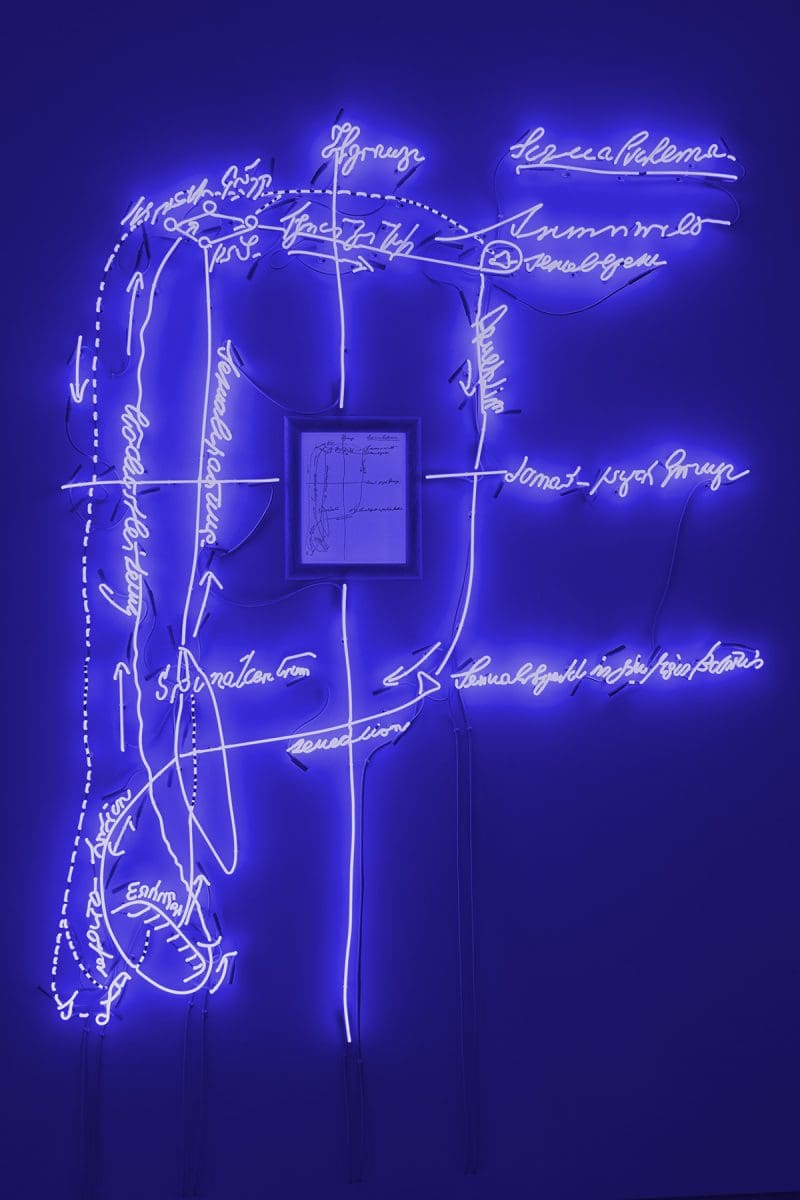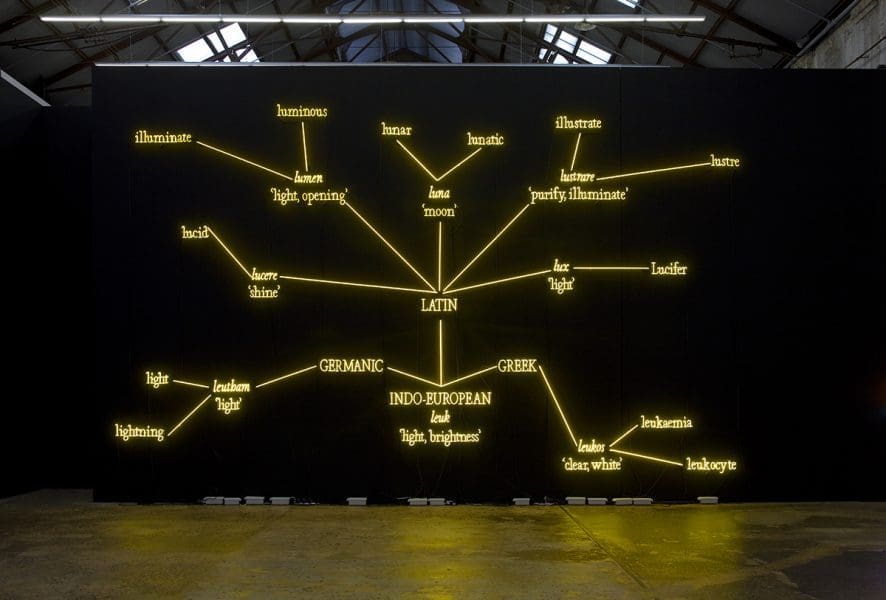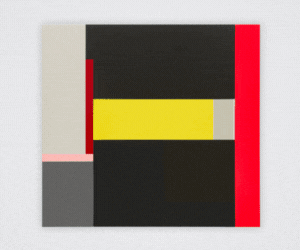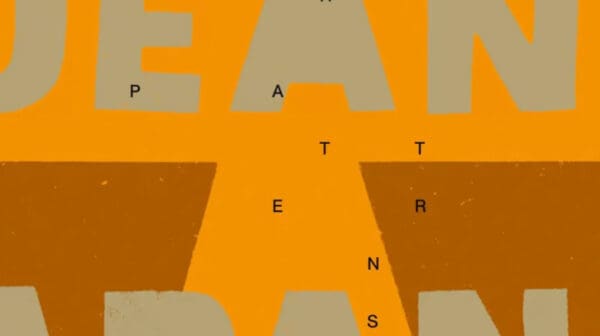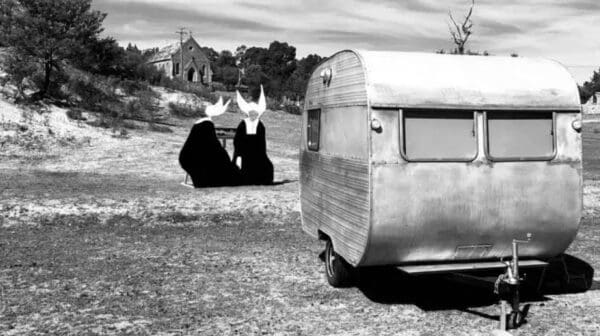American artist Joseph Kosuth once said of his work, “All I make are models. The actual works of art are ideas.” As a leading figure in conceptual art since the 1960s, Kosuth’s bold neon statements, self-referential signs and minimalist installations are fuelled by his thoughts and philosophical underpinnings.
Anna Schwartz is presenting a range of Kosuth’s text and neon light works, from the last 50 years, as part of Melbourne Festival 2017. The retrospective show, A Short History of My Thought, strings together words, phrases, diagrams, images and quotes. This includes one of Kosuth’s well-known early works from 1965: the word “neon” shining in white neon on a black wall. The exhibition also includes more recent pieces such as (Waiting for-) Texts for Nothing #6, 1999, which quotes Samuel Beckett who said, “To be an artist is to fail, as no other dare fail.” The show also highlights Kosuth’s penchant for language games, as well as the artist’s cultural allusions and appropriations (in this case Beckett, Freud, Mondrian and Darwin, as well as newspaper comic strips).
As gallerist Anna Schwartz says, “The exhibition provides an opportunity to consider how Kosuth’s work, for more than five decades, has engaged with major thinkers, writers, philosophers and poets, selecting apposite and salient phrases and thoughts to present these as resonant concepts; as an artwork.”
Language is a key cornerstone of Kosuth’s conceptual mission. The artist uses words and phrases to reconfigure the relationship between ideas and how they are formally expressed. Kosuth’s work considers how art is created, while also seeking to understand how we construct meaning and arrive at aesthetic judgements. For Kosuth, questions about art cannot be answered with writing, reflections or criticism, but with art itself. In an 1996 article titled ‘Intention’ Kosuth wrote, “Texts about artworks are experienced differently than texts that are art works.”
Through such rigorous dedication to conceptualism, Kosuth has created a body of work that is known for both pushing and dividing audiences. “Viewers of this work may be challenged, provoked, amused,” says Schwartz. “Yet they will have the opportunity to see the work of one of the great living artists of the era they live in and to think about it.”
A Short History of My Thought
Joseph Kosuth
Anna Schwartz
7 October – 25 November
